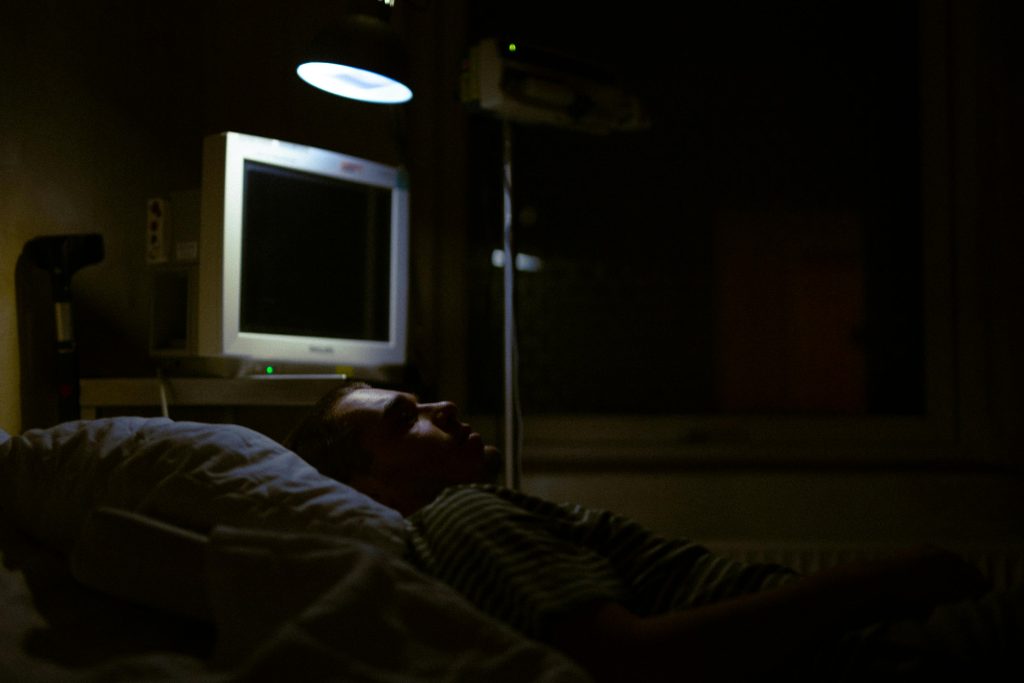Troubleshooting: No Signal for Monitor, Keyboard, or Mouse from Desktop Tower
Experiencing a sudden loss of display and peripheral connection can be frustrating, especially when your system seems to be running normally otherwise. If your desktop tower is powering on but your monitor, keyboard, and mouse are not receiving signals, and you’re noticing a continuously flashing blue power indicator, here are some systematic steps to diagnose and potentially resolve the issue.
Understanding the Symptoms:
– No signal to monitor: Screen remains blank despite the system being powered.
– No input from keyboard/mouse: Devices are not recognized or do not respond.
– Power Indicator: Continuous flashing blue light on your case could indicate an abnormal power or hardware status.
– System operation: Fans are solid and system appears to boot normally, suggesting power delivery is stable.
Initial Checks:
1. Verify Peripheral Connections:
– Ensure all cables connecting your monitor, keyboard, and mouse are securely plugged in.
– Test peripherals on another working system to rule out faulty devices.
2. Examine Power Indicators:
– Consult your motherboard or chassis manual to interpret the meaning of the flashing blue light.
– Observe if the power supply unit (PSU) is functioning correctly and delivering stable power.
Troubleshooting Steps:
1. Reset CMOS:
– Power down the system and unplug from the wall.
– Locate the CMOS battery on the motherboard, remove it carefully, wait for a minute, then reinsert.
– Alternatively, use a CMOS reset jumper if available.
2. Reseat Components:
– While you’ve already checked RAM, consider reseating other components such as graphics card (if applicable), storage drives, and power connectors.
3. Test with Minimal Hardware:
– Disconnect all non-essential peripherals and hardware.
– Try booting with only the CPU, one stick of RAM, and the graphics output (integrated or dedicated).
4. Check the RAM:
– Since you’ve already reseated the RAM, try booting with one stick at a time or different slots.
– Test with known working RAM if possible.
5. Inspect Internal Hardware:
– Look for any visible damage on motherboard or connected devices.
– Clear dust and ensure good contact between components.
6. Examine Power Supply:
– If you have access to a spare PSU, testing with a different power supply can help identify PSU issues.
7. Monitor POST Codes:
– If your motherboard has diagnostic LEDs or speaker beeps, listen or observe
Share this content:



